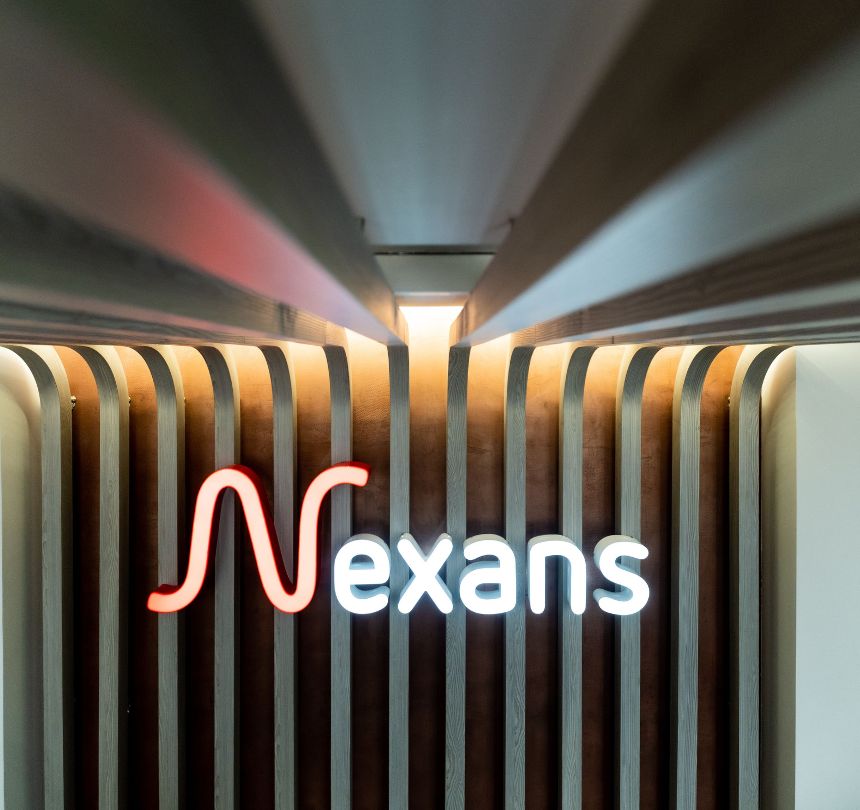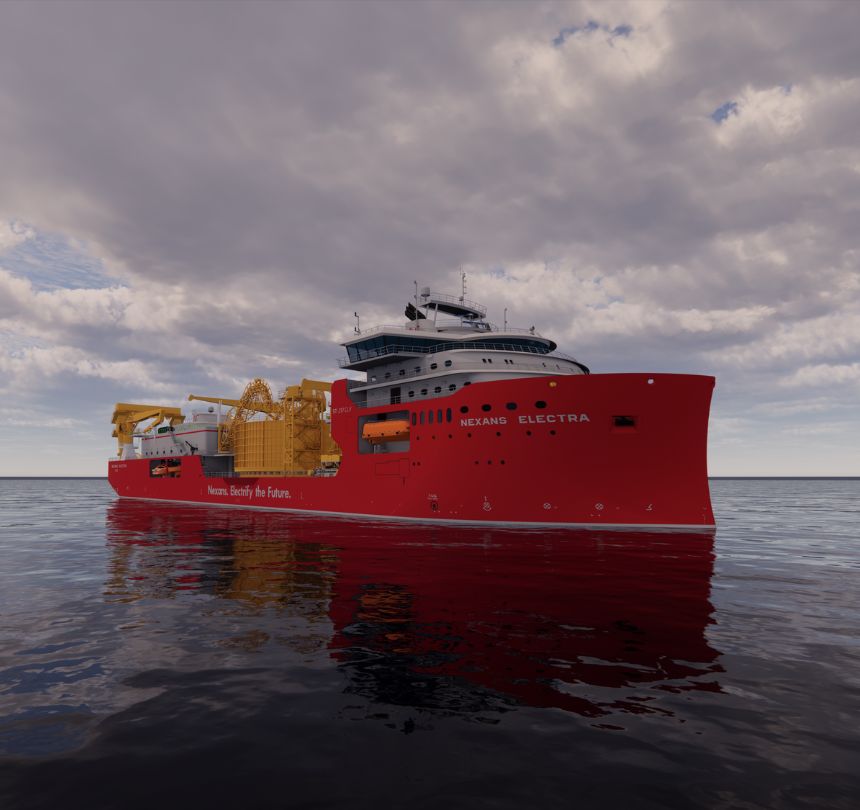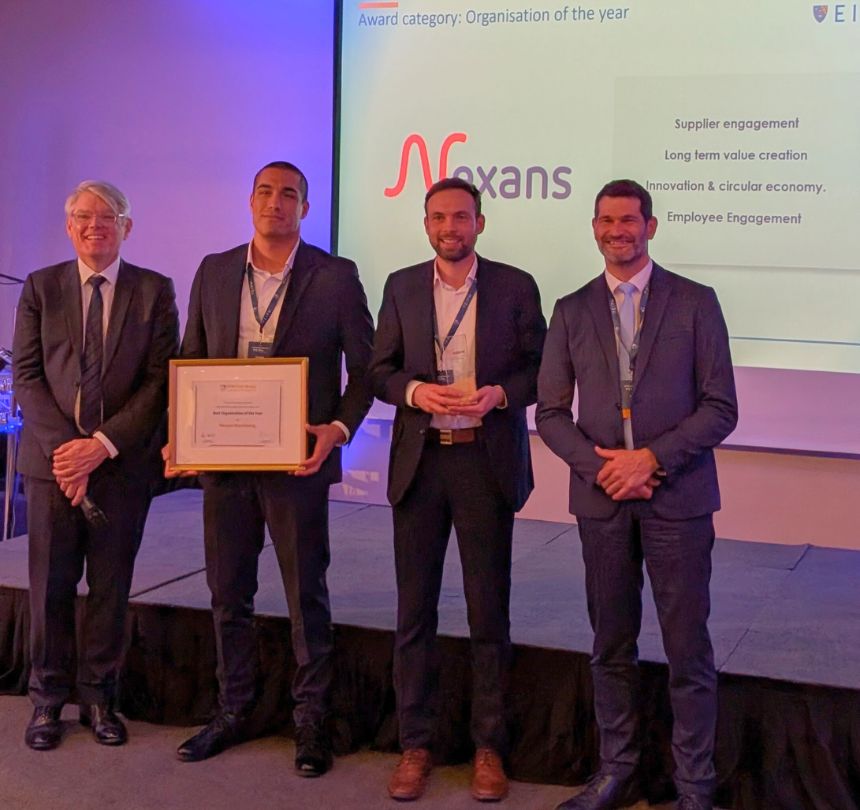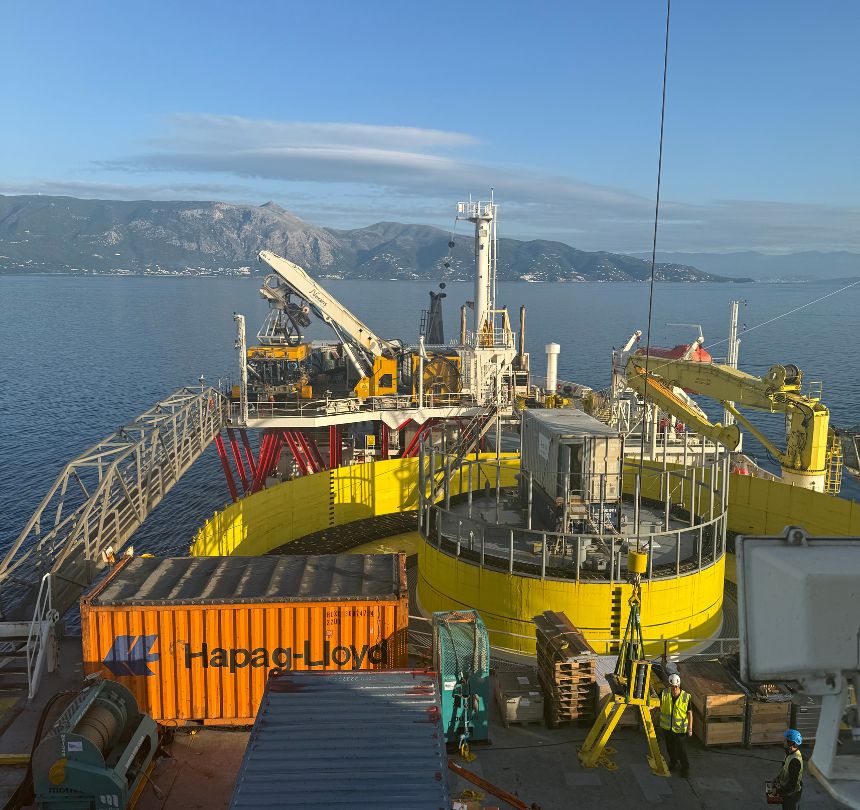News & Media Room
Find all our news, press releases and upcoming events.

Press releases

Nexans sells Autoelectric to Motherson: A strategic move towards electrification
Nexans announces today having entered into exclusive negotiations with Samvardhana Motherson International Limited (“Motherson”), a leading global supplier of automotive systems and components, for the sale of Nexans’ wiring harness business Autoelectric for an Entreprise Value of € 207 million.











